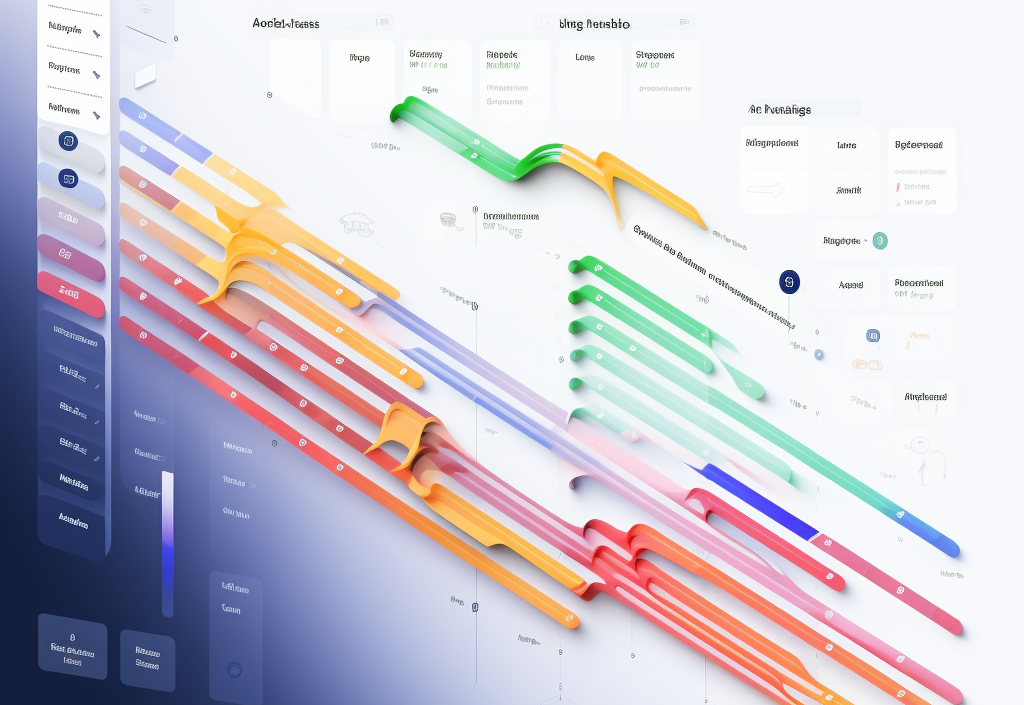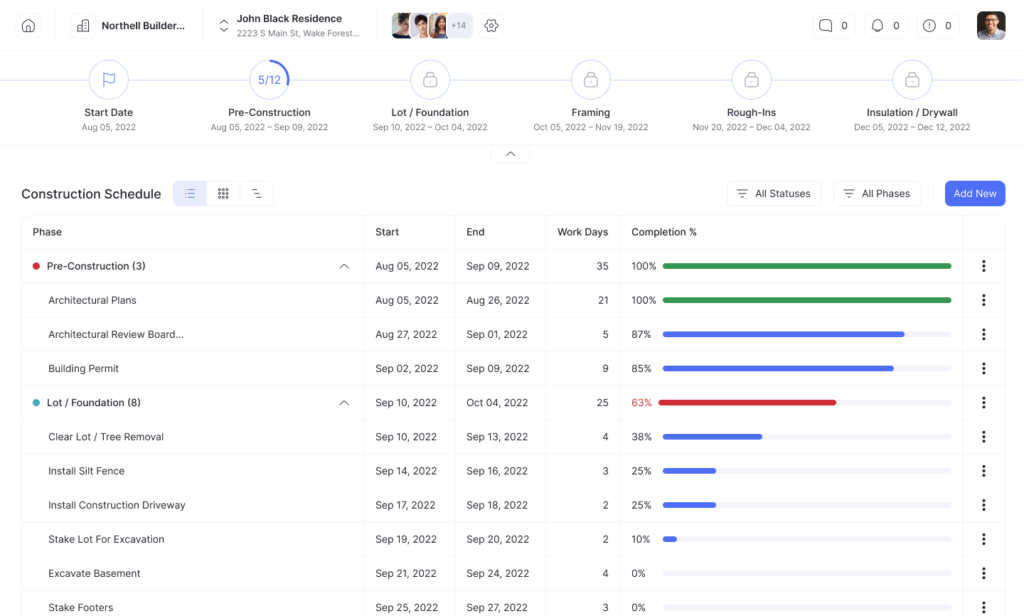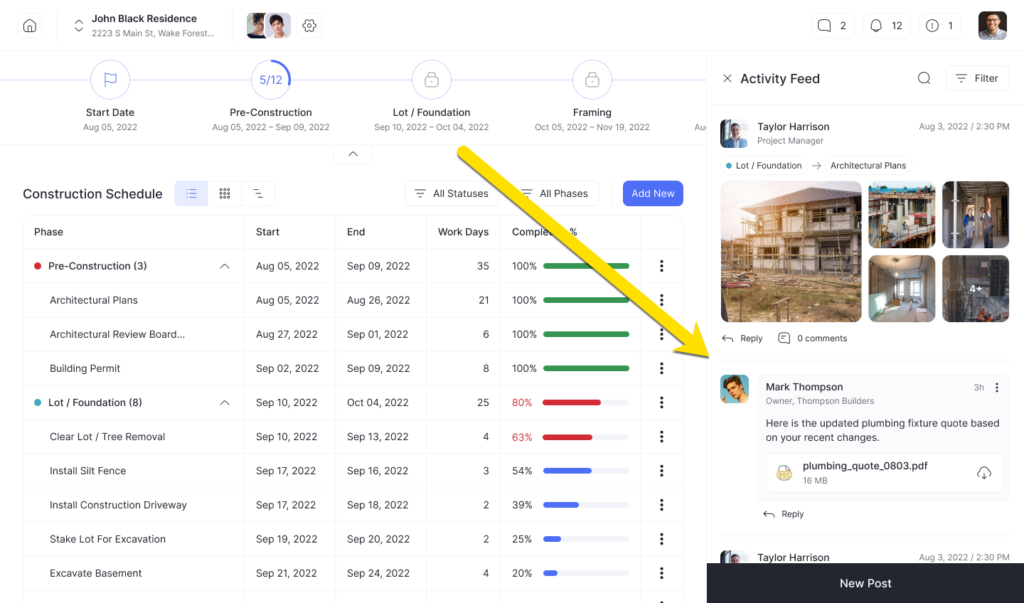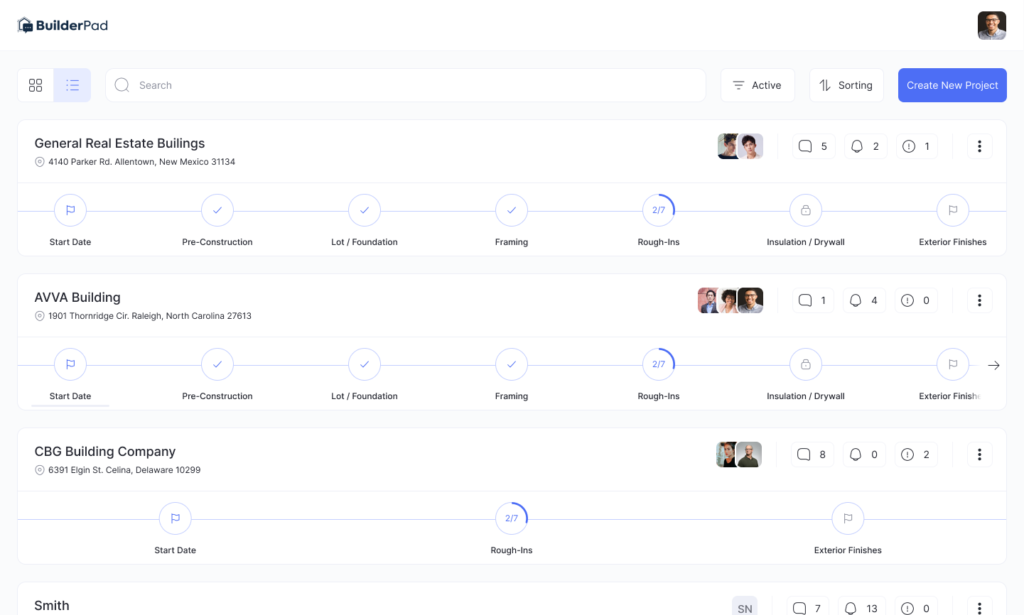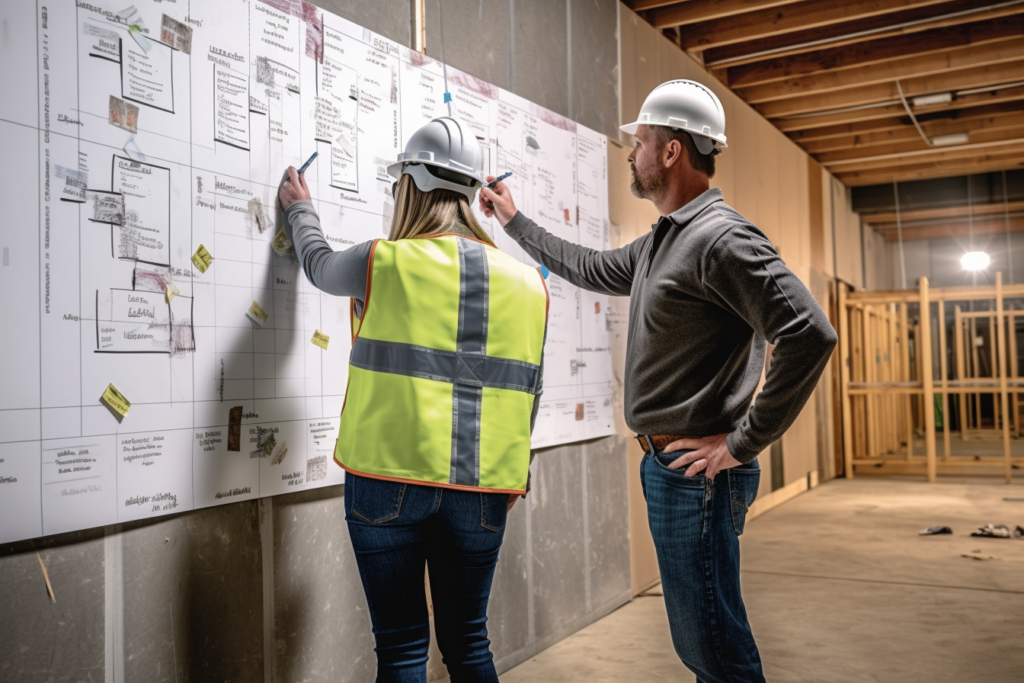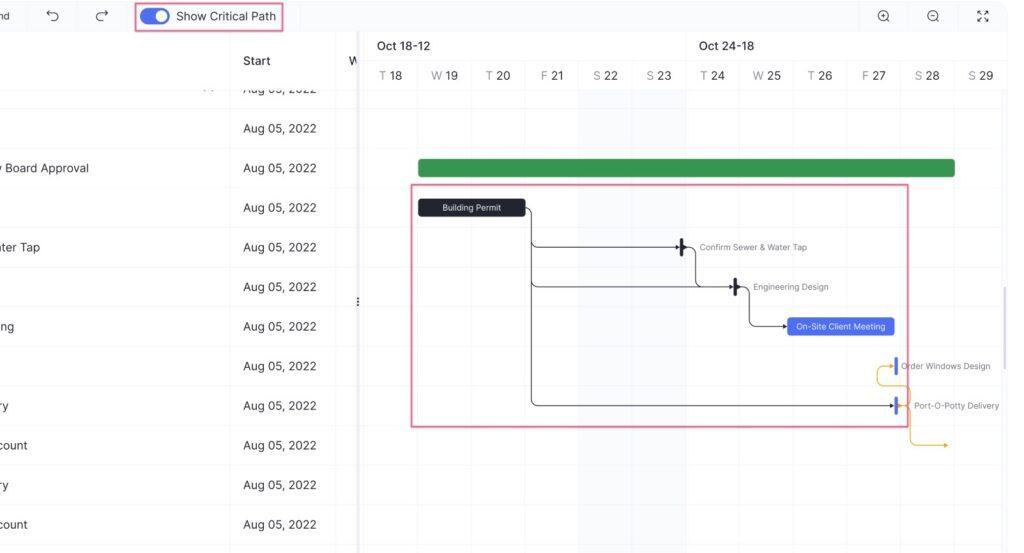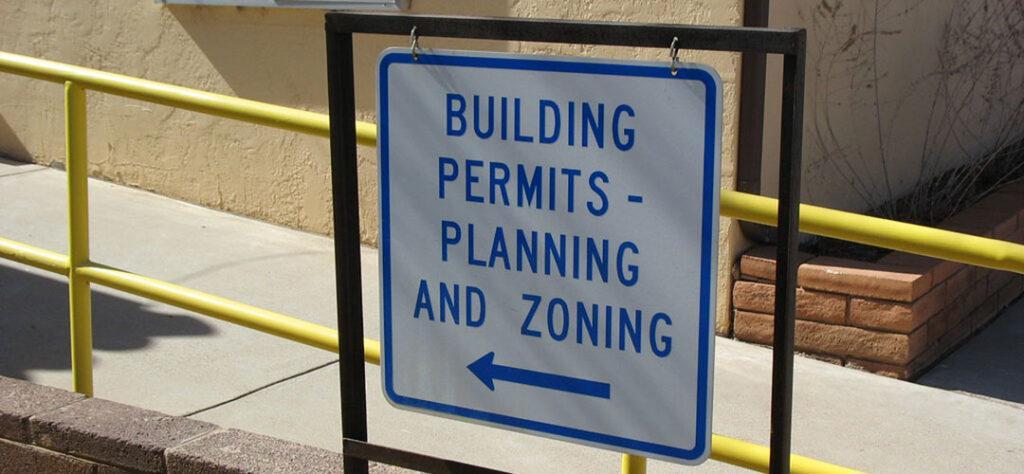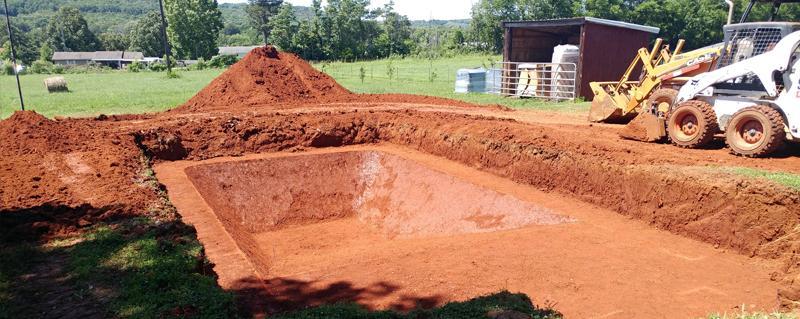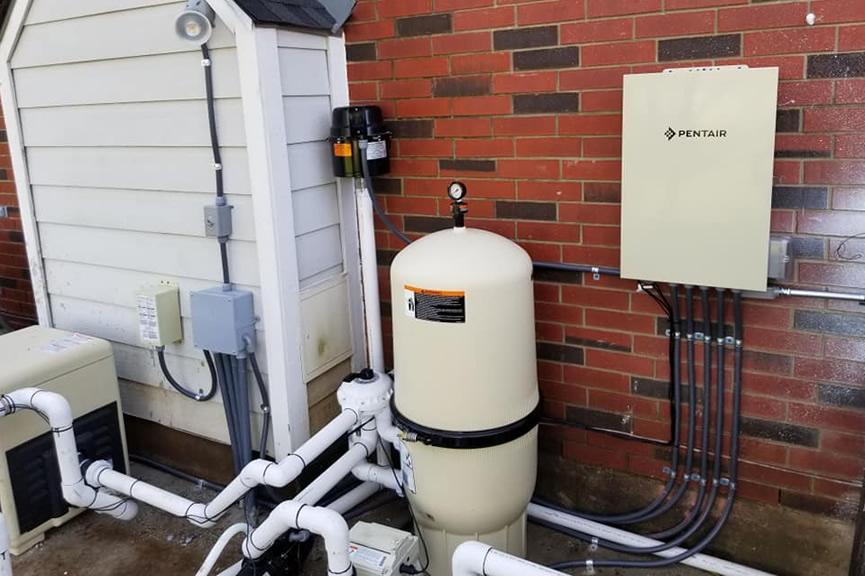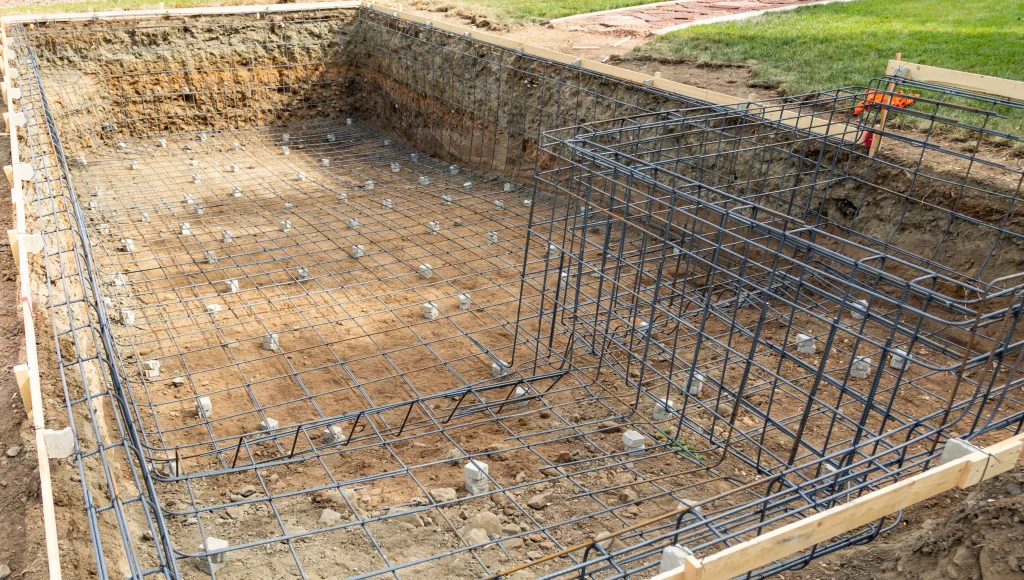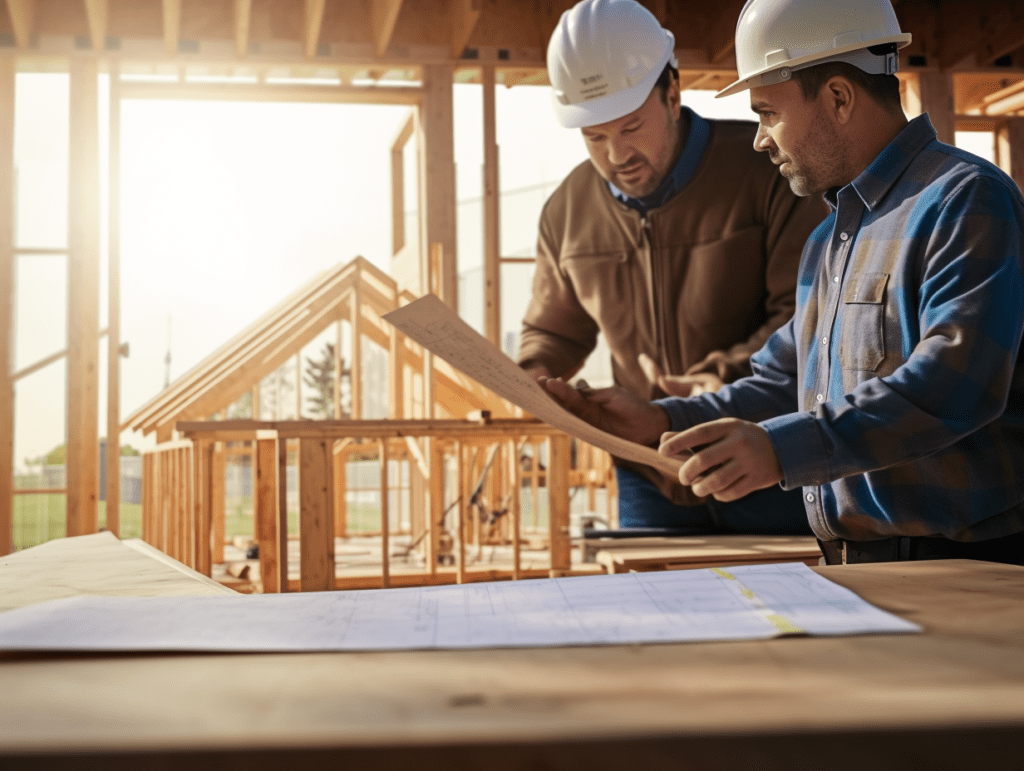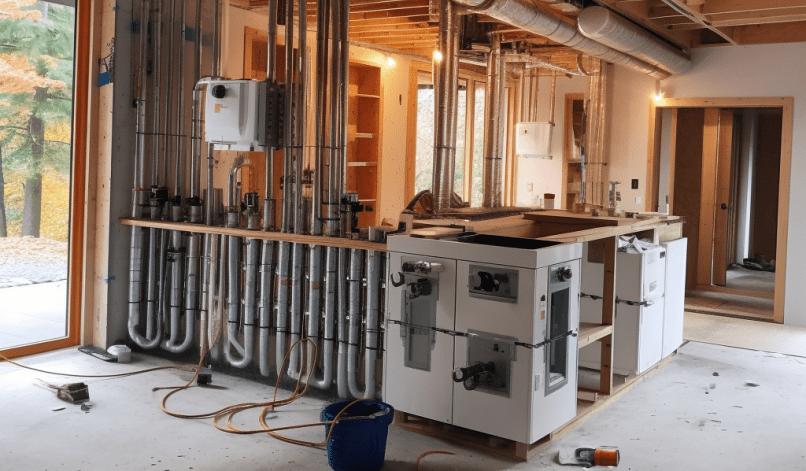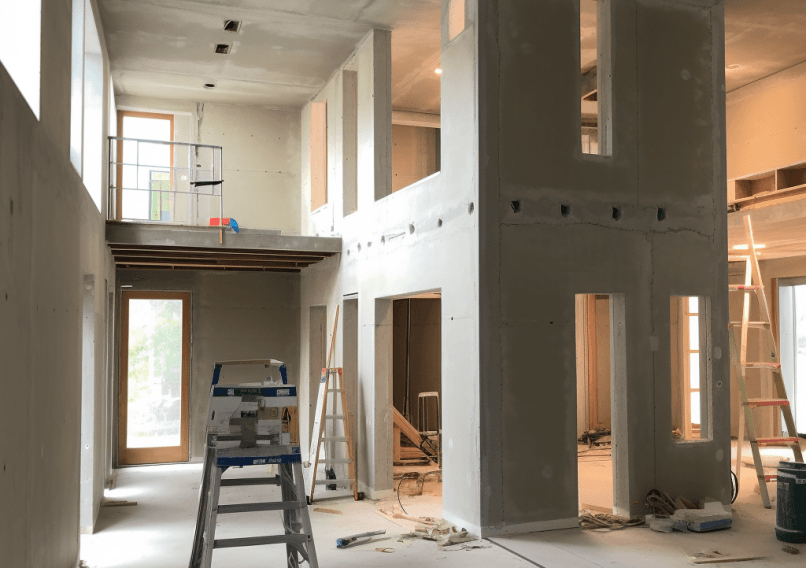In the construction industry, the smooth coordination between contractors and subcontractors plays an instrumental role in the timely and successful completion of projects.
While many subcontractors maintain high standards of work and commitment, occasionally, one might encounter a subcontractor that doesn’t live up to expectations.
Such non-performing subcontractors can create bottlenecks, leading to time delays, increased costs, and potential legal complications.
Here’s how you can proactively deal with such situations:
1. Open Communication
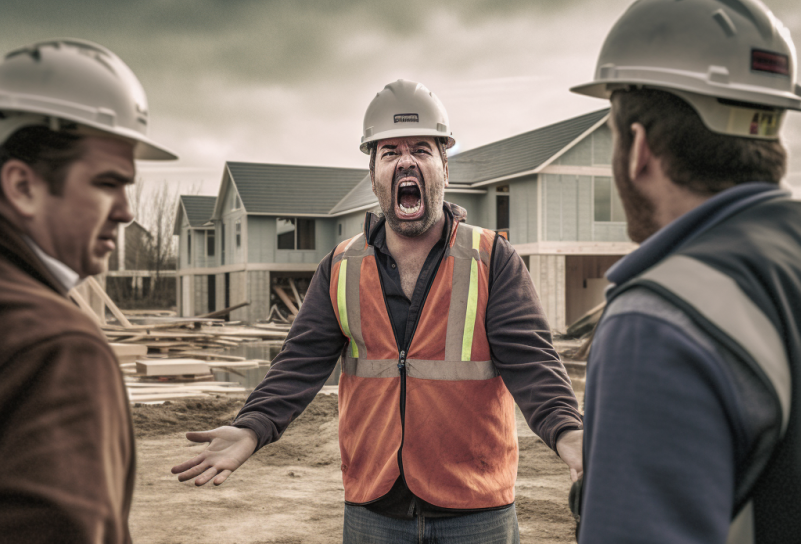
The importance of open communication cannot be overemphasized. Most problems in the construction sector arise from miscommunication or lack thereof.
- Channels of Communication: Establish regular channels such as weekly meetings, status reports, and even casual site visits. This not only keeps everyone aligned but also helps build rapport.
- Early Intervention: The moment you notice a decline in the performance of a subcontractor, it’s crucial to address it immediately. Early intervention can prevent minor issues from becoming major problems.
- Clarify Expectations: Ensure that the subcontractor clearly understands the project’s goals, quality standards, and timelines. A lack of understanding can sometimes be the root of underperformance.
- Feedback: A two-way feedback mechanism is vital. While you must provide feedback to the subcontractor, it’s equally essential to encourage them to communicate any issues they might be facing. This reciprocal relationship fosters understanding and cooperation. Regularly provide feedback, both positive and constructive, to keep the subcontractor informed about how they’re doing.
2. Detailed Documentation
Keeping meticulous records is crucial, especially when dealing with non-performance.
- Contract Clarity: Before starting any project, the contract should clearly detail the scope of work, quality standards, payment terms, and performance metrics.
- Monitor Progress: Regularly update and review project timelines, deliverables, and milestones. Documenting delays and issues can be useful if disputes arise.
Using BuilderPad can be an asset here. It allows for efficient project management and progress tracking, ensuring all stakeholders are updated on the project status.

By centralizing data, BuilderPad can help keep track of any discrepancies, thereby providing evidence if discussions about performance become necessary.
Accurate documentation is the backbone of any contractual relationship.
- Change Orders: Any changes to the initial contract, no matter how minor, should be documented formally in change orders. This ensures clarity and avoids disputes later.
- Photographic Evidence: In the digital age, using photos and videos to document progress or lack thereof is easy and can be invaluable in the future.
3. Performance Review Meetings

Establish regular review meetings to discuss performance. This structured communication can help in:
- Identifying Challenges: Understand any roadblocks the subcontractor might be facing. It could be related to resources, funds, or unforeseen circumstances.
- Setting New Targets: If the original timelines are no longer achievable due to the subcontractor’s delays, set new targets to get the project back on track.
4. Consider Financial Incentives
If the subcontractor is essential to your project, you might consider introducing financial incentives to boost their performance.
Motivation can sometimes come from aligning financial interests.
- Performance-Based Contracts: Instead of fixed contracts, consider contracts where a portion of the payment is tied to performance metrics.
- Early Payment Benefits: Offer discounts or benefits for early invoice payments. This can be especially motivating for smaller subcontractors who have cash flow concerns.
- Bonus for Early Completion: Offer a bonus for finishing certain tasks ahead of schedule.
- Penalties for Delays: Conversely, the contract can stipulate penalties for delays, ensuring the subcontractor remains accountable.
5. Training and Resources

A subcontractor’s under-performance might stem from a lack of knowledge or resources.
- Skill Development: Offer training sessions to bridge any skill gaps that might be hindering their performance.
- Resource Allocation: If a subcontractor is lagging due to insufficient resources, consider assisting them, if feasible. This could mean lending equipment or connecting them with suppliers.
- Continuous Learning: Encourage a culture of continuous learning. Offer to sponsor certifications or courses that can benefit the subcontractor’s team in the long run.
- Tool Training: Sometimes, the subcontractor’s team might not be familiar with the latest tools or machinery. Consider periodic training sessions.
6. Legal Recourse
If all else fails, and the subcontractor continues to underperform, you might have to consider legal action.
- Notice of Termination: Before terminating a contract, usually, a formal notice is required, giving the subcontractor a chance to remedy their performance.
- Seek Legal Advice: Before taking any drastic measures, consult with a legal professional to understand your rights and potential liabilities.
7. Utilize Technology for Better Management
Leveraging technology can aid in overseeing subcontractors and ensuring they align with project goals.
- Project Management Tools: Use tools to monitor progress, allocate tasks, and communicate effectively.
- Digital Collaboration: Use digital platforms where all stakeholders can collaborate. This includes sharing designs, timelines, and feedback.
BuilderPad can streamline the management process, acting as a centralized platform where tasks can be assigned, tracked, and reviewed.
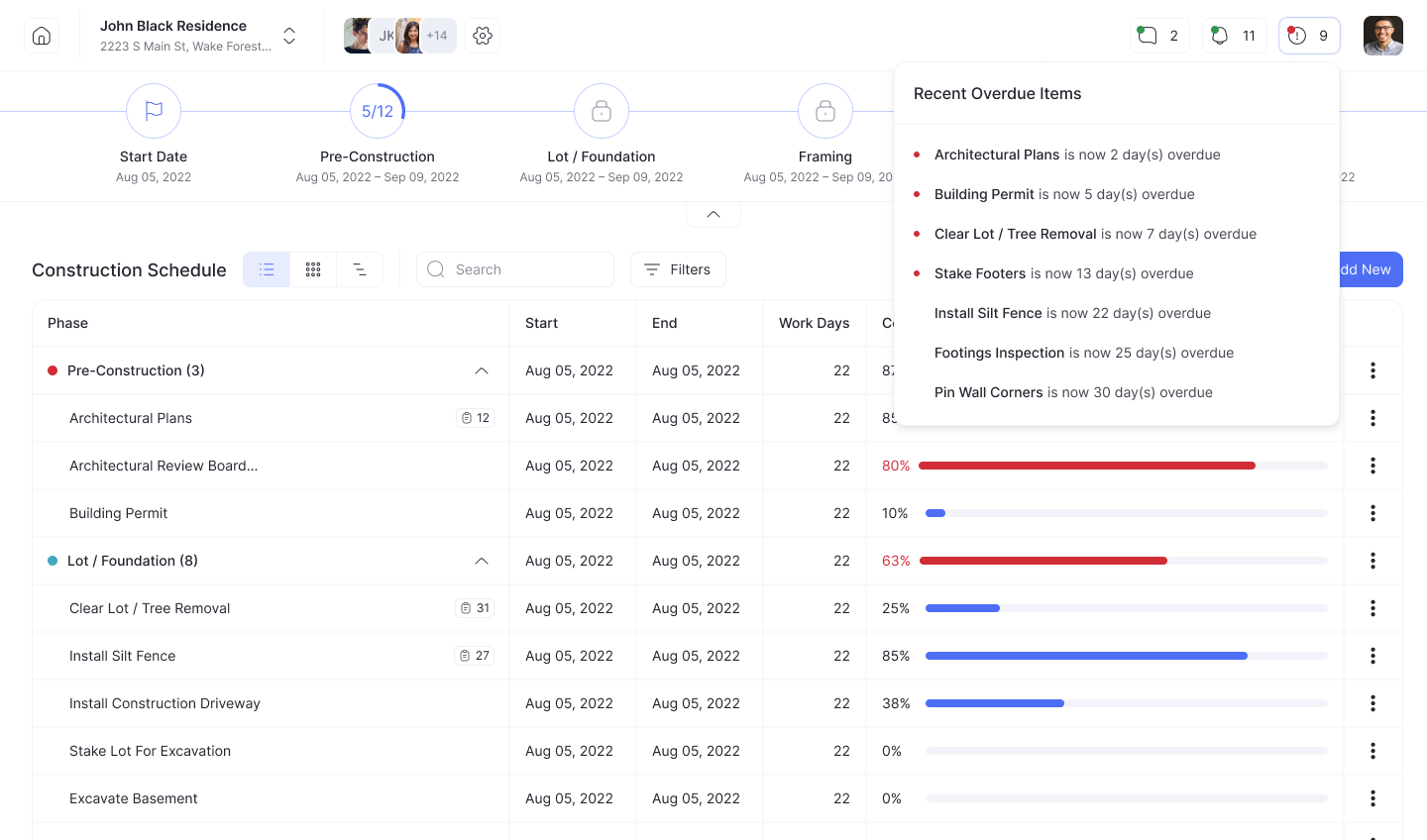
Its intuitive dashboard allows for real-time monitoring of various project elements, helping in quickly identifying areas where a subcontractor might be lagging.
Use BuilderPad for planning and resource allocation. A clear view of available resources can help in timely allocation and avoid any potential delays.
8. Re-evaluate and Replace
If all strategies fail, you might need to consider replacing the non-performing subcontractor.
- Backup Planning: Always have a backup plan. Identify potential replacement subcontractors even before issues arise, so you can act quickly if needed.
- Onboarding Process: When bringing in a new subcontractor, ensure that there’s a robust onboarding process. This includes familiarizing them with the project goals, tools, and team.
- Smooth Transition: Ensure a seamless transition by having detailed documentation (which you’ve maintained using tools like BuilderPad) so the new subcontractor can pick up from where the previous one left.
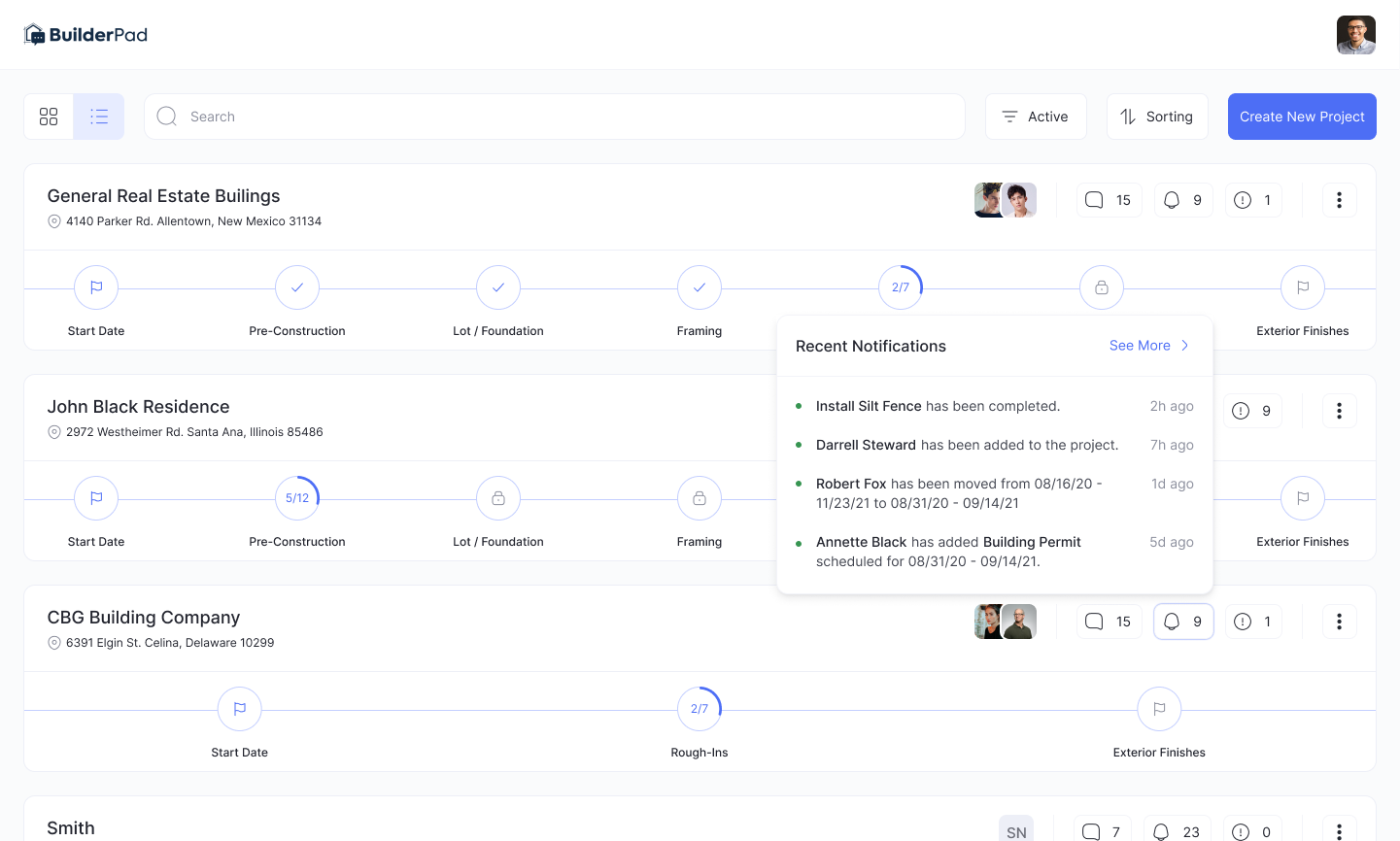
Conclusion
While dealing with a non-performing subcontractor can be challenging, proactive measures, open communication, and leveraging technology can often turn the situation around.
Platforms like BuilderPad further ease this process by centralizing data, tracking progress, and ensuring effective communication. Remember, the goal isn’t just to finish the project but to maintain quality and relationships in the long run.




